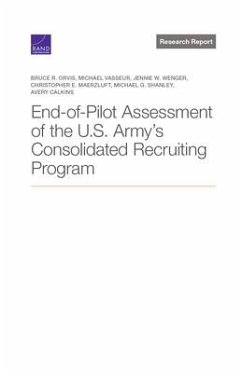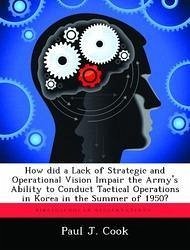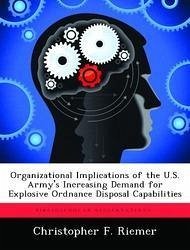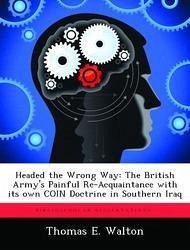Nicht lieferbar
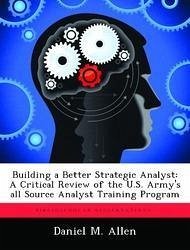
Building a Better Strategic Analyst: A Critical Review of the U.S. Army's All Source Analyst Training Program
Versandkostenfrei!
Nicht lieferbar
In the aftermath of September 11, 2001, the intelligence community saw a dark shadow cast across itself. Though the specific intelligence failures cannot yet be determined, there are some known pieces of information. The success of intelligence during the Cold War, a predictable bi-polar war, resulted in a strategic intelligence system that supported the information requirements of that bi-polar world. Our intelligence analyst trained to use deductive skills to quantitatively determine the internal and external jostling of the bi-polar system. Since the end of the Cold War, America's adversari...
In the aftermath of September 11, 2001, the intelligence community saw a dark shadow cast across itself. Though the specific intelligence failures cannot yet be determined, there are some known pieces of information. The success of intelligence during the Cold War, a predictable bi-polar war, resulted in a strategic intelligence system that supported the information requirements of that bi-polar world. Our intelligence analyst trained to use deductive skills to quantitatively determine the internal and external jostling of the bi-polar system. Since the end of the Cold War, America's adversaries have undergone significant transformation moving away from standing formation armies prepared for force on force battles. Rising from the ashes of the relatively predictable bi-polar global system are new networks and bands of ideologically and culturally motivated groups capable of exercising the power of globalization while taking advantage of both tacit and complicit state support. While US military analysts ardently constructed a mostly quantitative method of analysis to determine how former adversaries executed their game plan, the cultural complexities of the current global construct do not behave in manners friendly to this form of analysis beyond the local tactical level. Accordingly, senior intelligence analysts, in particular, now find themselves ill equipped to understand, much less predict, our nation's new real and potential adversaries. This monograph explores the development of intelligence analysts from their indoctrination through positions of senior intelligence analysts charged with scrutinizing strategic concepts and providing strategic recommendations. It compares current methodologies used to produce adaptive, effective senior intelligence analysts necessary for today's complex battlefields in non-Department of Defense agencies to those used within the United States Army. It seeks to answer the question: does the intelligence school in the United State






